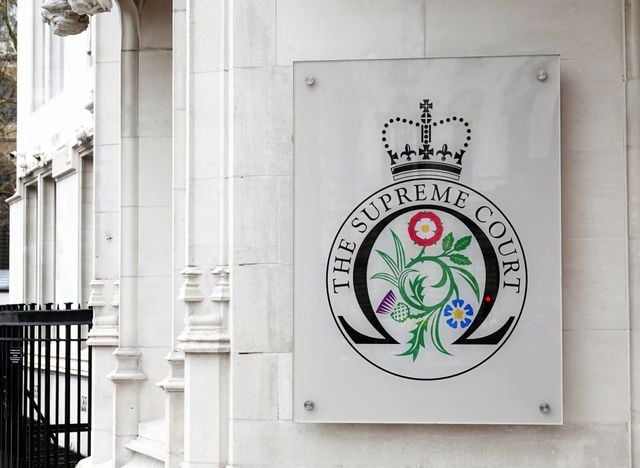On October 1 the IRS released materials associated with a "compliance check" designed to obtain information about how colleges and universities report revenue and expenses (including unrelated business income), how they manage and spend their endowments and how they determine "executive compensation." The IRS announced the compliance check would soon be sent to 400 small, medium and large colleges and universities. The new compliance check follows two other similar IRS efforts which led to changes to the Form 990 and to targeted audits of some respondents. In 2006, more than 600 tax-exempt hospitals received an IRS compliance check focusing on, among other topics, community benefit activities; and in 2007 more than 200 tax-exempt organizations received a survey concerning section 501(c)(3) bond compliance issues. These surveys—in addition to the new Form 990 released in December 2007—reflect an increased IRS focus on compliance in the tax-exempt area.
This new compliance check is both longer and more complex than earlier IRS inquiries. It runs 33 pages and has 94 questions, some of which require detailed, multi-part answers. The IRS has stated that it will analyze the results of the survey, conduct audits of a sample of the organizations, and issue a report on the project in 2009. It has also been suggested that the survey will result in a new Form 990 schedule specifically directed at colleges and universities—just as the 2006 tax-exempt hospital compliance check resulted in Schedule H on the new Form 990. Responses to the survey are confidential, and while no specific response time is stated, we expect, based on previous comments of IRS officials, that organizations will have 90 days to respond. We also expect, based on our prior experience with compliance checks, that the IRS will grant extensions. While responding to the compliance check is voluntary, the IRS makes clear in its accompanying cover letter that it has the option of opening a formal audit whether or not the organization agrees to participate.
The compliance check is accompanied by nine pages of instructions and definitions, and not all of the questions are straightforward. There will be some interpretive issues, especially in the area of executive compensation, where numerous questions are asked about specific types of remuneration provided to the organization's top six most highly compensated officers, directors, trustees and key employees (including vacation homes, first-class travel, housekeeping service, split-dollar insurance and contributions to deferred compensation plans). The compensation questions are significantly more detailed than those on the new Form 990. In addition, although many of the questions on the compliance check must be answered for the tax year ending in 2006, all questions about compensation must be answered based on calendar year, not fiscal year, 2006 information.
The compliance check is organized as follows:
-
Organization Information. This section asks questions about a variety of topics, including enrollment and tuition statistics, conflict of interest policies, compensation of the five highest paid employees and revenues generated by related organizations (including disregarded entities and partnerships).
-
Activities. This section asks about numerous types of activities and whether the organization treats the income from the activity as unrelated business taxable income (UBTI). Information is requested on activities including advertising, travel tours, facility rental, affinity cards, logo usage, commercial research, food services, golf courses and book stores. A separate question asks about UBTI from partnerships, S corporations and controlled entities. This section also asks about activities that resulted in the largest losses for UBTI purposes, and about the expense allocation method used for various activities.
-
Endowment Funds. This section asks a number of questions reminiscent of the Senate Finance Committee letter sent in January 2008 to 136 colleges and universities, including questions about internal and external investment managers and how endowment funds are distributed. The compliance check also requests information about the percentage of endowment assets invested in particular categories (such as venture capital, U.S. equity, real estate, etc.).
-
Executive Compensation. Eight pages of the compliance check are devoted to questions about executive compensation. As described above, there are detailed questions about specific types of remuneration. In addition, four pages of the compliance check ask questions about how compensation is established for top management officials, and specifically, the top six most highly compensated officers, directors, trustees and key employees.
If you have any questions about the compliance check or related issues, please contact your usual Ropes & Gray attorney or any of the attorneys listed on this page.
Authors



Stay Up To Date with Ropes & Gray
Ropes & Gray attorneys provide timely analysis on legal developments, court decisions and changes in legislation and regulations.
Stay in the loop with all things Ropes & Gray, and find out more about our people, culture, initiatives and everything that’s happening.
We regularly notify our clients and contacts of significant legal developments, news, webinars and teleconferences that affect their industries.



